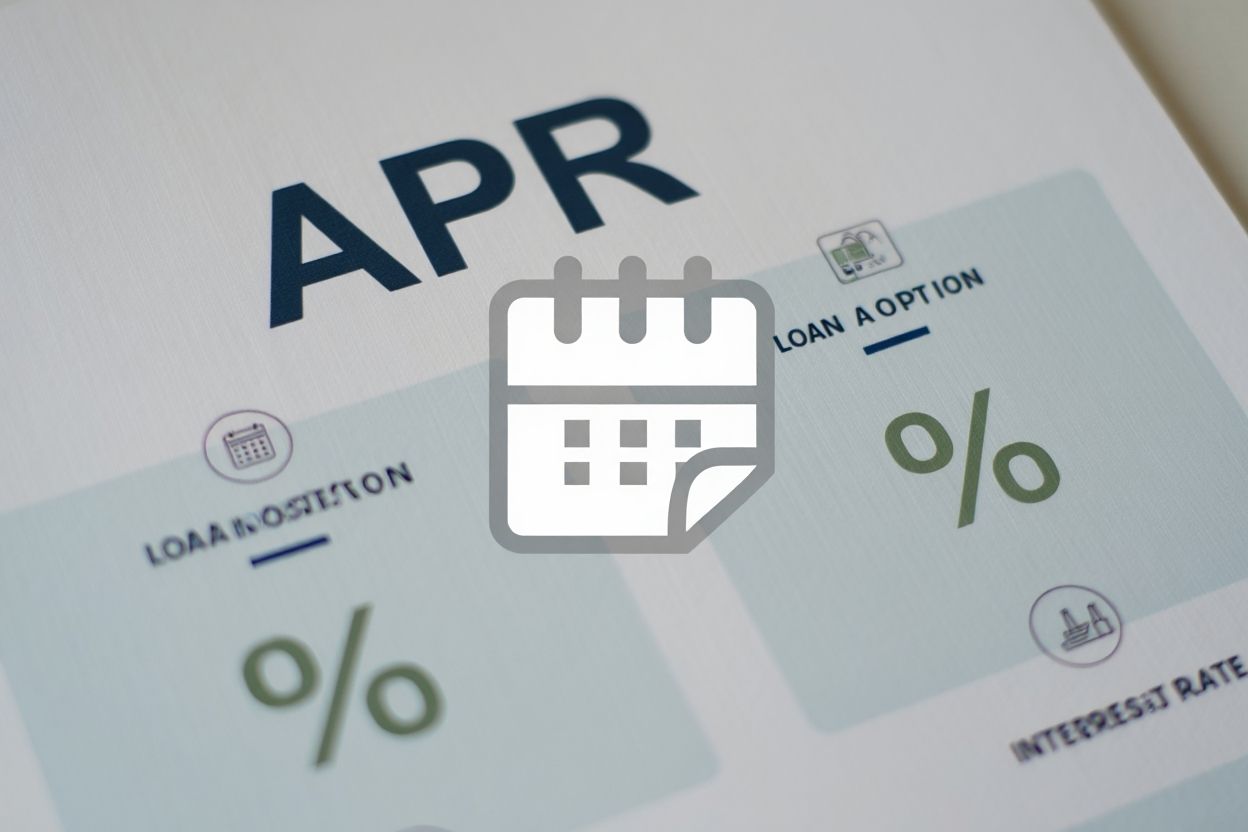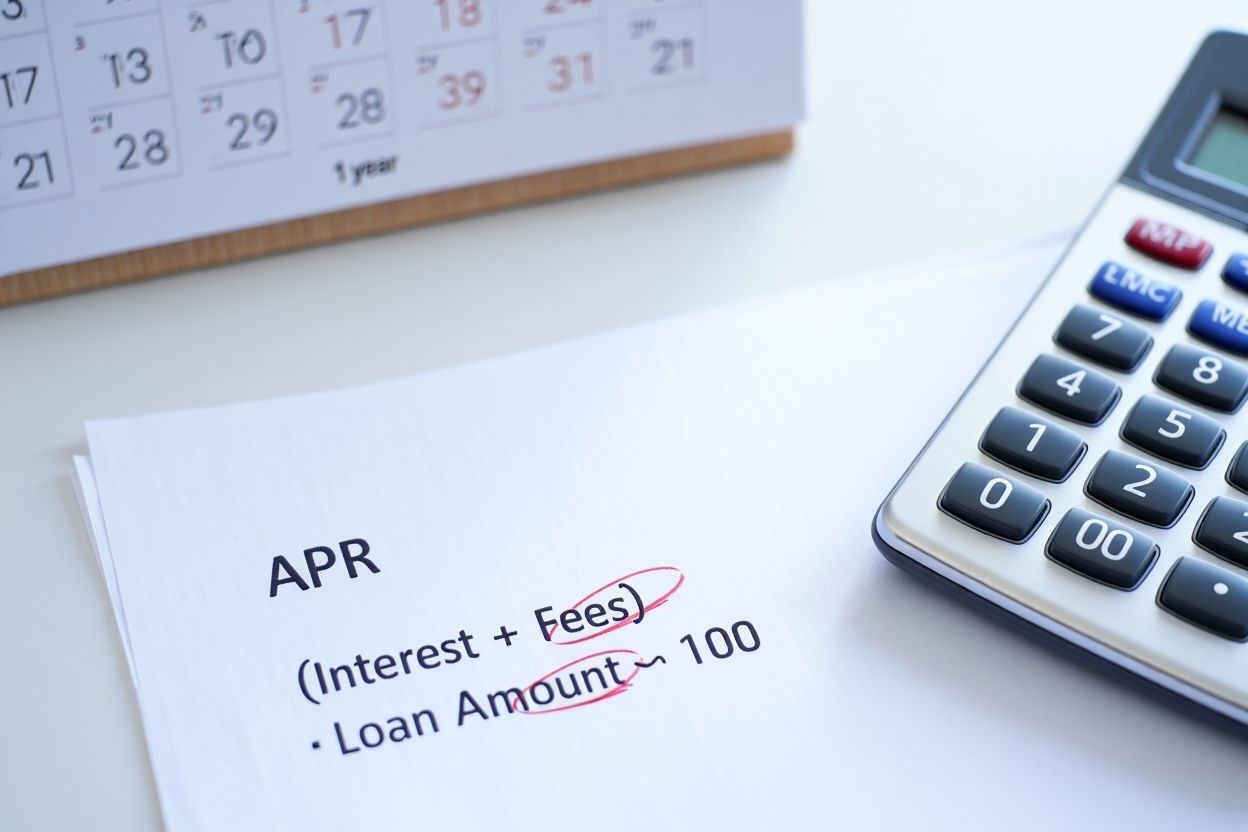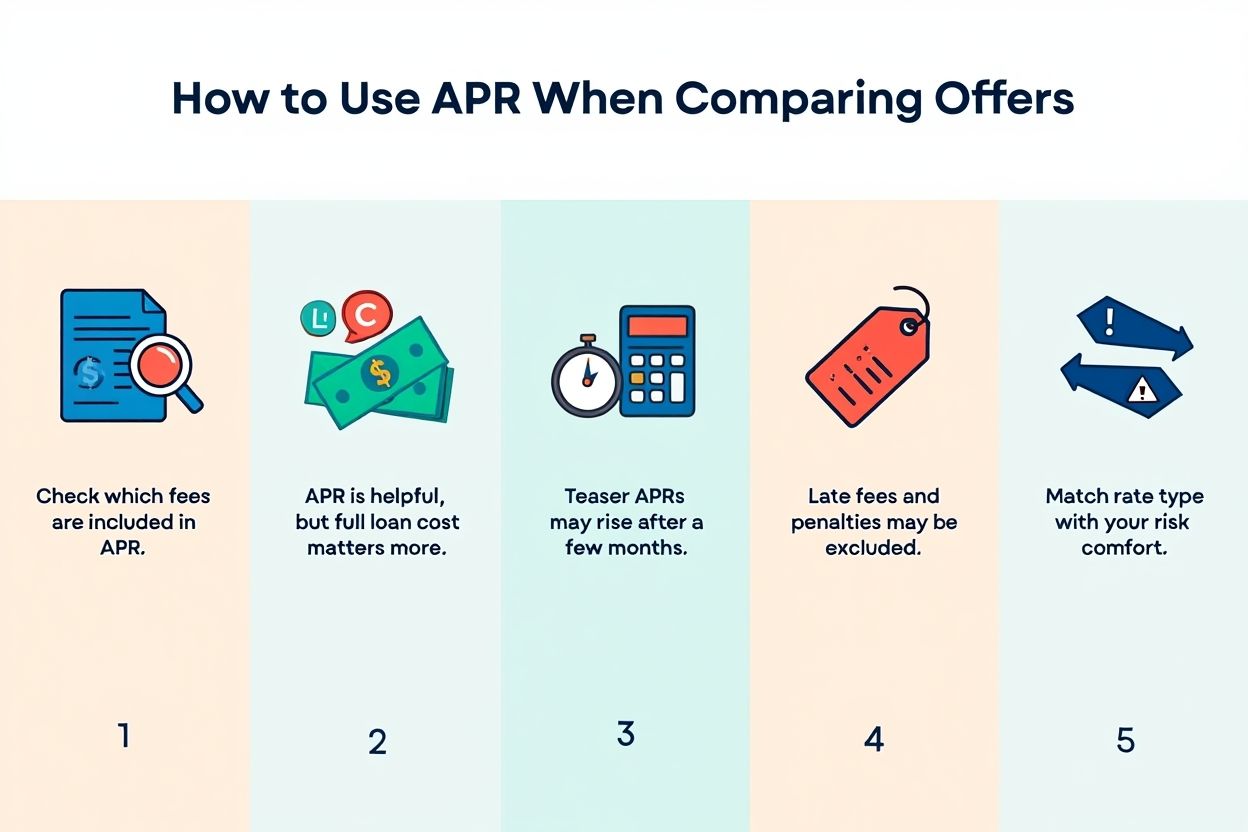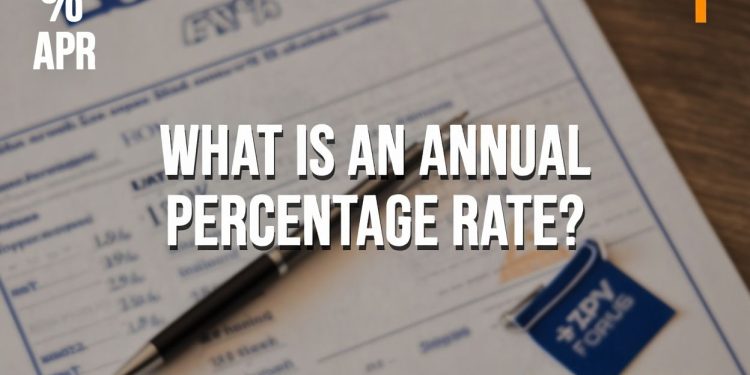When you borrow money or use credit, understanding how much it will cost is important. Annual Percentage Rate, or APR, is a key figure that shows the yearly cost of borrowing money. It helps people compare loans and credit cards by providing a clear view of interest and some fees combined.
For example, when you apply for a credit card or take out a loan, the APR tells you how much you’ll pay annually in percentage terms.
This guide explains what is an annual percentage rate in simple terms, covering what it is, how it’s calculated, different types, and how to use it when making financial choices. Whether you’re new to credit or a decision-maker, this guide will help you understand APR clearly.
1. What is an annual percentage rate?
What is an annual percentage rate? Annual Percentage Rate (APR) is the yearly cost of borrowing money. It is expressed as a percentage of the loan or credit amount. APR includes both the interest you pay and some extra fees, giving a fuller picture of borrowing costs than just the interest rate alone.

Here’s a clear definition:
APR: The total annual cost of borrowing, including interest and certain fees, expressed as a percentage.
For example, if you borrow $1,000 with a 10% APR, you will pay about $100 per year in interest and fees combined, not just interest. APR helps consumers compare offers by showing the true yearly cost.
Components included in APR
APR covers more than just the interest rate. It includes some fees lenders charge to process the loan or credit. However, not all fees are counted.
Included in APR:
-
Interest rate charged yearly
-
Origination fees (charges for setting up the loan)
-
Some finance charges linked to the loan
Not included in APR:
-
Late payment fees
-
Penalty fees for missed payments
-
Variable fees that may change unpredictably
This distinction means APR gives a consistent way to compare most borrowing costs but does not cover every possible charge.
2. Why does APR matter?
APR is important because it helps borrowers see the total cost of credit in one number. This transparency makes it easier to compare loans and credit cards, even if some have different interest rates or fees.
Benefits of understanding APR include:
-
Making informed choices by comparing total yearly costs
-
Ensuring fair lending practices through clear disclosure rules
-
Helping consumers avoid surprises by showing fees included in borrowing costs
For instance, a borrower choosing a loan with a 7% APR over another with 9% APR could save hundreds of dollars per year, depending on loan size and repayment time.
Find this interesting? Why don’t you check out our:
- What does it mean to be underbanked? Better options [2025]
- What are the biggest corporations in the World? [2025]
- When was the New York stock exchange founded? [2025]
3. How is annual percentage rate calculated?
Calculating APR involves combining the interest rate with certain fees to find the yearly cost as a percentage. It shows what you pay annually if you keep the loan or credit for a full year.

Here’s how it works in simple steps:
-
Start with the loan amount (called the principal).
-
Add the total interest charged over the year.
-
Include any applicable fees like origination charges.
-
Divide the total cost by the principal.
-
Convert that result into a yearly percentage.
Example:
-
Loan amount: $1,000
-
Interest charged in one year: $100 (10%)
-
Fees: $50
-
Total cost for the year = $100 + $50 = $150
-
APR = $150 ÷ $1,000 = 15%
So, the loan has a 15% APR even though the interest rate alone is 10%. APR includes fees to give a clearer cost picture.
4. Types of annual percentage rate
There are several types of APR you might encounter, each with different features:
- Fixed APR: Stays the same throughout the loan or credit period. It offers stability but may be higher than a variable rate initially.
- Variable APR: Changes over time based on an index or benchmark. It can go up or down, affecting your payments.
- Introductory APR: A low or 0% APR offered for a limited time, often on credit cards, used to attract customers. After this period, the rate usually increases.
- Penalty APR: A higher rate charged if you miss payments or violate terms. It can significantly increase borrowing costs.
- Cash Advance APR: Specific to credit cards, this higher rate applies when you withdraw cash.
Each type has pros and cons depending on your borrowing needs and risk preferences.
How APR differs across financial products:
APR looks slightly different depending on the type of credit or loan:
-
Mortgages: APR includes interest, closing costs, and certain fees giving a total yearly cost of the loan.
-
Credit cards: APR shows the yearly cost on balances you carry, often variable and includes fees.
-
Auto loans: APR includes interest and some fees related to the vehicle purchase loan.
-
Student loans: May show different fixed or variable APRs based on program and lender rules.
-
Personal loans: APR combines interest and any setup fees for a clear total cost.
Disclosure rules require lenders to clearly show APR so borrowers can compare these products accurately.
5. APR vs. interest rate vs. APY
These three terms relate to borrowing or saving money but serve different purposes:
| Term | Definition | Used For | Example |
|---|---|---|---|
| APR | Yearly cost of borrowing including interest and fees | Loans, credit cards | 15% APR on a personal loan |
| Interest Rate | Basic yearly rate charged or earned on principal | Loans, savings, investments | 10% interest rate on a loan |
| APY (Annual Percentage Yield) | Yearly rate earned with compounding interest included | Savings accounts, investments | 5% APY on a savings account |
In borrowing, APR is more useful as it reflects real costs. For saving or investing, APY shows actual earnings by including compounding.
6. How to use APR when comparing offers
When comparing loans or credit offers, use APR carefully along with other factors:

-
Read the full disclosure for fees included in APR.
-
Consider the total borrowing cost, not just APR.
-
Watch out for introductory APRs that increase later.
-
Remember APR might not include all possible charges like late fees.
-
Evaluate if the APR is fixed or variable depending on your risk tolerance.
Pro Tip:
Always calculate APR based on how long you plan to keep the loan or balance. A lower APR may not save money if early payoff or fees offset the benefit.
Real Example:
Jane compared two credit card offers: one had 0% introductory APR for 12 months but a 25% ongoing APR, the other had a stable 17% fixed APR. She chose the second because she expected to carry a balance long-term, saving over $350 in interest after 18 months.
APR helps, but always review terms and your ability to repay.
View more:
- How much does the average American make in their lifetime? Comprehensive 2025 Guide
- How to price a business for Sale: The complete 2025 guide
- Powerful social media for small business marketing: Complete 2025 Expert guide
7. FAQs – Frequently Asked Questions
Q1: Is APR the same as the interest rate?
A: No. APR includes interest plus certain fees, giving a fuller cost picture than the interest rate alone.
Q2: What is a good APR for a credit card?
A: A good APR is usually below 20%, though the best rates often go to borrowers with strong credit.
Q3: Does APR include all loan fees?
A: No. It includes many but not all fees—late charges and penalties are often excluded.
Q4: Can APR change over time?
A: Yes, especially with variable APRs that adjust with market conditions.
Q5: What is the difference between APR and APY?
A: APR applies to borrowing, while APY is for savings and includes compounding interest.
Q6: How does introductory APR work?
A: It offers a temporary low rate, often 0%, that rises after a set period. Always check the duration and new rate.
Q7: Can I negotiate APR with lenders?
A: Sometimes. Especially with personal loans or auto financing, you may be able to negotiate better APR terms if your credit is strong.
8. Conclusion
What is an annual percentage rate? It’s your best tool for understanding the full cost of borrowing.
APR helps you:
-
Compare total borrowing costs easily
-
Understand fees beyond interest
-
Choose the best financial products
-
Avoid surprises from hidden charges
Whether you’re applying for a mortgage, credit card, or personal loan, understanding APR gives you more control.
Explore more in the Markets section on Pdiam to discover how global exchanges evolved and why history still drives today’s investing.
Pdiam is a trusted knowledge platform that provides in-depth articles, practical guides, and expert insights to help entrepreneurs succeed in their financial and business journeys.












